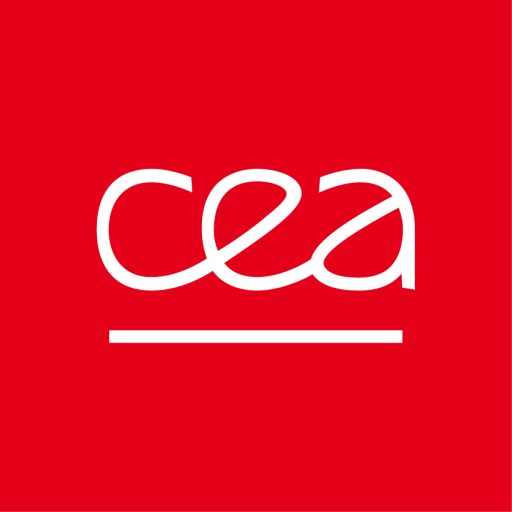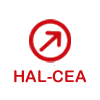Cluster headache: state of the art of pharmacological treatments and therapeutic perspectives
Résumé
Cluster headache (CH) is the most common form of trigeminal autonomic cephalalgia. Current treatments have several limitations, and new drugs are required. This article first briefly reviews present acute and preventive treatments in CH, their mechanism of action and limitations, then describes the state of the art in recent clinical drug trials since 2015, and ends with a critique of trials in the CH field. Research is limited by lack of knowledge of pathophysiology and lack of animal models. In the past 5 years, no brand‐new treatment has emerged, but promising drugs, such as CGRP(R) antibodies, are under study. According to the literature and guidelines, clinicians and researchers should be aware of many limitations in study protocols: concomitant medication, patient sample size, patients’ protocol compliance, and study designs that tend to restrict patient recruitment.
Domaines
Sciences du Vivant [q-bio]| Origine | Fichiers produits par l'(les) auteur(s) |
|---|


